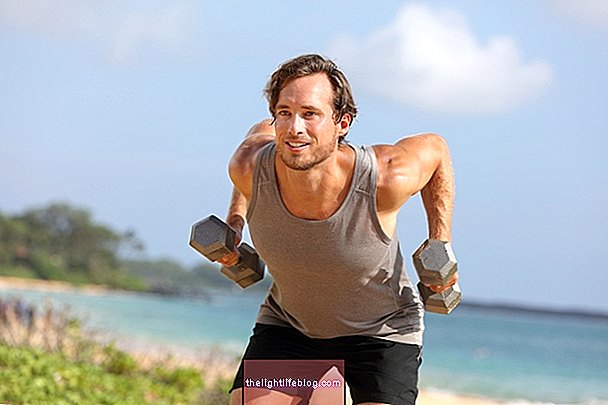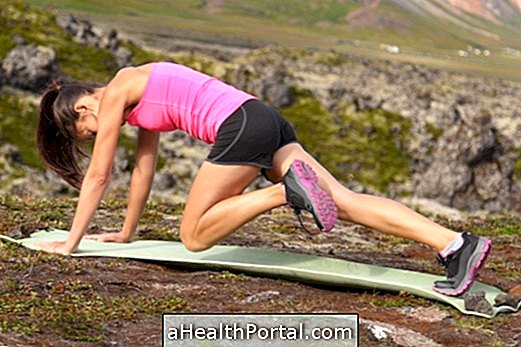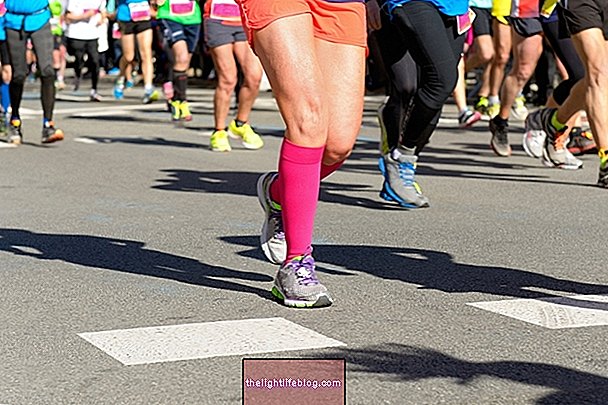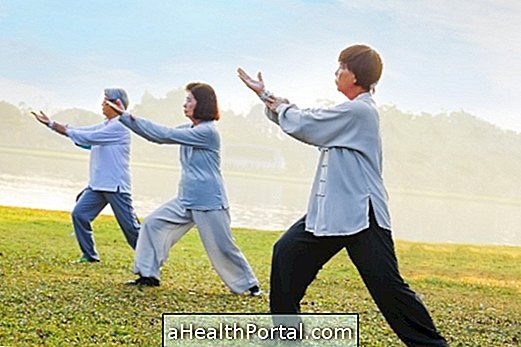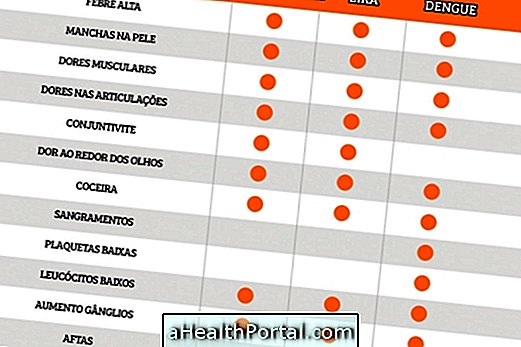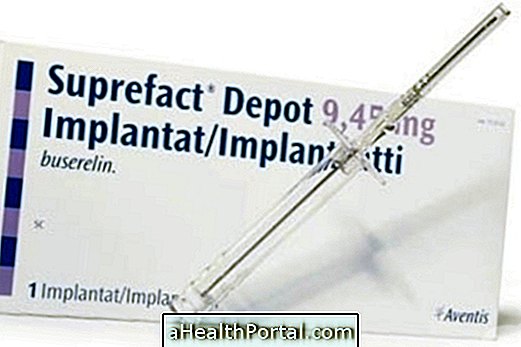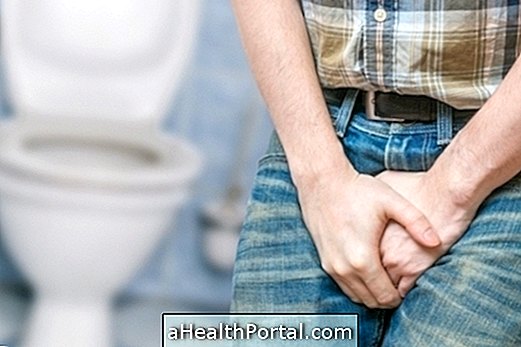Hipopressive gymnastics consists of performing a maximal expiration and then trying to 'suck' the whole abdomen inward, running out of breath and maintaining that maximum contraction. This movement improves bowel function, sharpens the waist and improves posture by fighting back pain and postural imbalances.
The hipopressive method was created in the 70's and has gained space in gymnasiums and rehabilitation clinics because in addition to strengthening the abdominal and back muscles has proven useful as a way to prevent and treat various changes such as hernias, genital region, balance and posture.
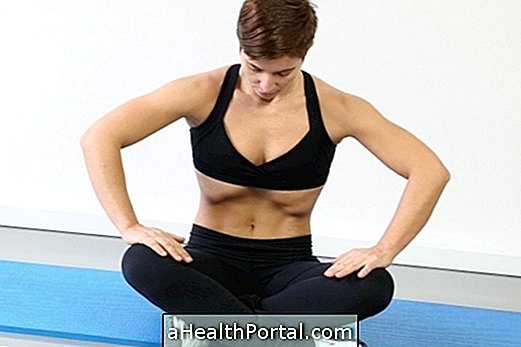
The main benefits of hipopressive gymnastics are:
1. Tune your waist
Hipopressiva decreases abdominal circumference due to the isometric contraction maintained for long periods performed during exercise. By sucking the organs in there is a change in the internal abdominal pressure that tonifies the rectus abdominis and is also a great tool to combat abdominal diastasis which is the removal of the rectus abdominis muscles during gestation.
2. Tone the muscles of the back
With this exercise there is a decrease in abdominal pressure and the vertebrae will be decompressed, which is very useful for decreasing chronic low back pain in the prevention and combat of herniated discs.
3. Combat loss of urine and feces
During the contraction performed the perineum muscles are sucked upward, repositioning the bladder and strengthening the ligaments, which support them being very useful in combating urinary, fecal incontinence and even uterine prolapse.
4. Preventing hernias
With hipopressiva it is possible to prevent disc hernias, inguinal and abdominal because the method decreases the intra-abdominal pressure, realigning the whole body.
5. Combat column deviations
The exercises are great for combating spinal deviations like hyperlordosis, scoliosis and hyperkinesis because it promotes a reprogramming and alignment of the spine and pelvis.
6. Improve sexual performance
By performing this exercise there is an increase in blood flow in the intima region which also improves sensitivity and pleasure.
7. Improve posture and balance
The method improves muscle tone by reducing the work and tension of muscle groups that are overworking and increasing the tone of the groups that are working less, normalizing the tone of the whole body. When combined with other exercises like the pyramid or abdominal board, for example it helps to improve body posture and when combined with exercises like support in only 1 foot or forming an airplane or star helps to improve the balance of the body.
These benefits can be achieved by practicing hipopressive exercises regularly. While breathing can be used in a unique way, it can also be associated with several postures that increase its benefit to the body. Each posture can be indicated personally by a physiotherapist with knowledge of the technique respecting the needs of each one, but a good option includes the union between the Pilates exercises with the hipopressive method in the same training.
Hipopressive gymnastics allows a reprogramming of the pelvic and abdominal muscles that are generally weakened in people who do not practice any type of physical activity and also in those who practice some activity that generates an excessive internal pressure like those that do gymnastics in the gym or do the traditional abs .
How to do hipopressive exercises
For starters you just need to sit with your legs crossed in the normal inhale and then do a forced exhalation by drawing all the air out of the lungs. When you reach this point you should suck the belly in, keeping this apnea as long as you can, until it is imperative to breathe. Then breathe normally and do the same exercises more often.
When you master this technique, you can change posture to lengthen other body muscles, favoring the spine, for example.
Hypopressive exercise for back
A good hipopressive exercise for the back is:

- Keep legs apart at hip width and take all the air out of the lungs and suck the abdomen in;
- Lean your body forward, trying to touch with your hands on the floor, keeping your legs straight. Your body should be positioned like a pyramid;
- You should stand in this position for as long as you can not breathe, then breathe in normally and rise slowly.
- You can stand on tiptoe and push the floor with your hands, keeping your spine and head well aligned, if you can get the sole of your feet and the palm of your hands always on the floor.
You can do this hipopressive gymnastics daily by committing yourself to maintaining the maximum contraction in apnea for as long as possible. There is no minimum number, no repetitions, and you can do whatever you find comfortable and do not get dizzy.
